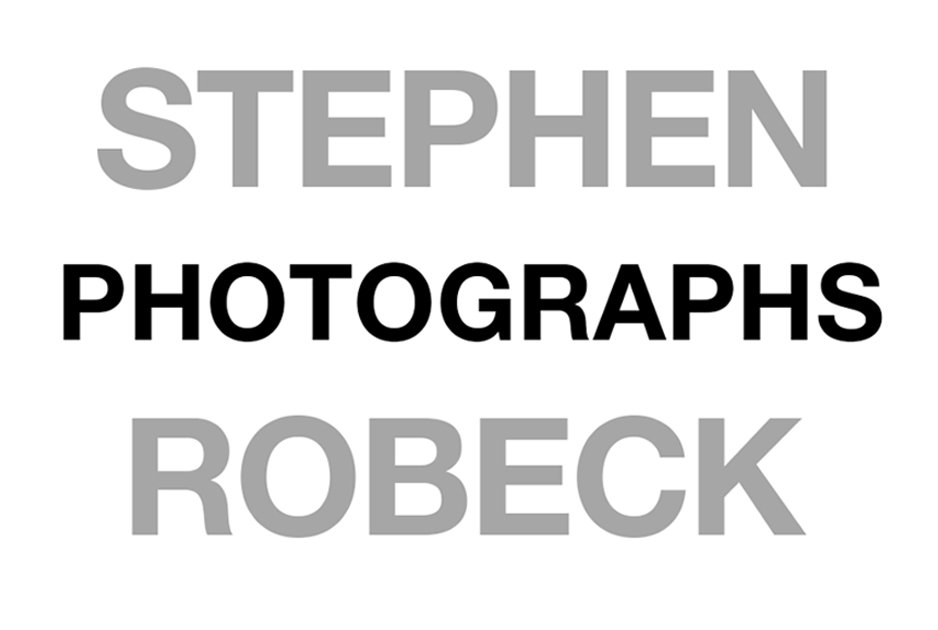Cameras and Basic Techniques
What Photographic Techniques Do You Use?
Photographic technique starts with cameras and lenses, so I’ll begin there. Until very recently I used two camera systems, a Canon 5D Mark II with very good lenses and a Sony NEX-7 mirrorless camera with three prime lenses, no zooms. The Canon was a heavy, full-frame digital SLR, a solid workhorse used by many professionals. Sony has become a leader in digital sensors (they supply them to Nikon) and the NEX-7 was capable of remarkable captures even though its sensor was slightly smaller than the Canon’s. For travel and backpacking the NEX-7 was the go-to choice. But Sony then introduced three different versions of a camera called the A7, just slightly bigger than the NEX7 and all with full frame sensors that are remarkable. I sold all my Canon gear and purchased the A7-R, a 36mp, full-frame body and I've added several outstanding Zeiss lenses including the Loxia 35mm and 50mm. These are small, light and extremely high quality because they are fully manual in terms of focus and aperture. This is the camera I will rely on until I go for the new A7-RII. There are many great cameras out there, but as the old saying goes, the best camera is the one you have with you.
In terms of digital process or workflow, here’s what I do after any work session (whether studio, location or travel destination):
First I upload all RAW image files to my computer hard drive (for more about RAW files see my blog post Raw vs JPEG). This drive is automatically backed up to another drive every hour by Time Machine in my Mac. If on the road for an extended period, files get uploaded to an external hard drive via a laptop, then backed up to a second external drive. Hard drives will fail, you just don't know when.
Next, for image evaluation, sorting and tagging, I use Adobe Lightroom, a wonderful software program (especially with RAW image files) that more amateurs and photo enthusiasts should discover. It’s a hugely powerful, affordable tool that will do most of what Photoshop Elements does but is much easier to learn and use.
After deciding which images I want to develop further, I do basic adjustments in Lightroom. These typically include: exposure, white balance, thresholds for deep shadows and bright highlights, overall contrast, mid-tone contrast (clarity), color hue and saturation, capture sharpening, basic cropping, and a host of others. Remarkably, with Lightroom, none of these adjustments alter the original image file in any way. They are simply recorded as instructions that can be changed at any time in the future. Also, decisions about rendering in black & white versus color are usually made here.
Any image destined for printing eventually gets opened in Adobe Photoshop. First, multi-image panographs (see my blog post What Is Panography?) are seamlessly assembled, often using Photoshop’s powerful layering capabilities. If there is any retouching to be done (anything from skin blemishes or sensor dust to intrusive power lines or unwanted people in the background), that usually happens next. After any final cropping, color and tonal adjustments (including a non-destructive technique for mid-tone contrast adjustment), the image is enlarged (or reduced) for the desired print size and sharpened as necessary.
Images are printed using Epson professional-grade printers with archival pigment inks. This is an eight-color system (including three shades of black) capable of reproducing a very wide color gamut and tonal range with very smooth transitions between color shades and tones. I use a variety of archival photographic papers from a number of manufacturers depending on the nature of the subject and the way the print will be mounted and framed. For images to be finished using my glassless framing method, my current favorite papers are Epson’s Cold Press Natural and Cold Press Bright.
This is a very cursory overview of all that goes on between clicking the shutter and framing a print, but I hope it gives you an idea of the many steps in the process. If you're interested in a better understanding of how something as basic as tonal (light & dark) adjustments can change an image, here’s a brief before-and-after. The image was something that caught my eye in the last half-mile of a ten-day back-pack trip, the roots of a pine tree that had grown around a boulder, an irresistible force and an immovable object. The small scene was completely in the shade of the overhead tree, so the light is very flat with no prominent highlights or shadows.
The image on the left is exactly how the image looked when the original RAW file was opened in Lightroom. It's very flat in terms of both color and depth, not very interesting and certainly not a good representation of what caught my eye in the first place. The image on the right is much better. The color is true to my memory of the scene (and a million other boulders and pine tree roots), thanks to a couple of simple hue and saturation adjustments. But the shading, which is what makes the image begin to look three dimensional, is more complicated. In a traditional darkroom this would be done by controlling how much light from the enlarger reached certain areas of the image on the printing paper to make them lighter or darker. In the digital darkroom there a number of techniques to accomplish the same thing. Either way, it's what many photographers refer to as "painting with light."


